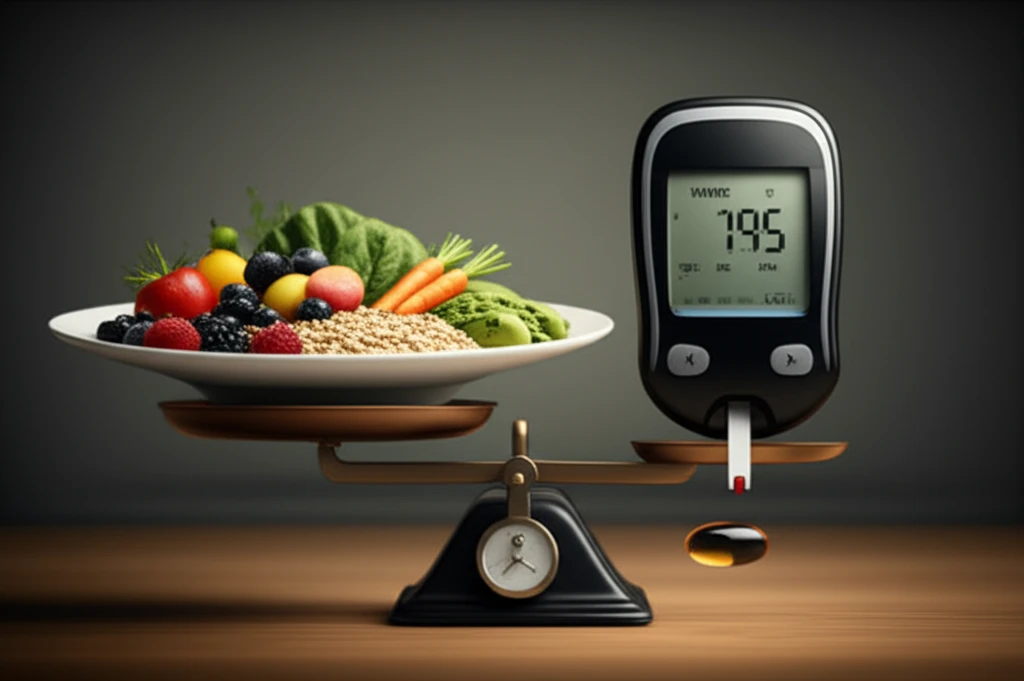
Fiber Face-Off: Can Food Beat Supplements for Blood Sugar Control?
"New research reveals how different types of soluble fiber impact glucose levels in type 2 diabetes – and the surprising winner."
For individuals managing type 2 diabetes, maintaining stable blood glucose levels is key. Diet plays a crucial role, and carbohydrates, particularly their amount and quality, significantly impact post-meal glucose levels. Fiber, a key component of a healthy diet, has long been recognized for its benefits in blood sugar control.
But when it comes to fiber, questions arise: Does the source matter? Is soluble fiber from whole foods as effective as that from supplements in managing blood sugar spikes after meals? A recent study dives into this comparison, seeking to provide clarity on the impact of different soluble fiber sources on glucose and insulin responses.
The research compares the acute effects of soluble fiber from dietary sources versus supplements on postprandial plasma glucose and insulin levels in individuals with type 2 diabetes. The findings offer valuable insights into optimizing dietary strategies for better blood sugar management.
Food vs. Supplement: The Soluble Fiber Showdown

The study, a randomized crossover clinical trial, involved participants with type 2 diabetes consuming isocaloric breakfasts under three different conditions: a high amount of soluble fiber from dietary food sources (HFD), a high amount of soluble fiber from a guar gum supplement (HFS), and a normal amount of fiber (UF). Researchers then meticulously monitored their postprandial plasma glucose and insulin responses.
- The Takeaway: Increasing soluble fiber intake, regardless of the source (food or supplement), is associated with improved postprandial glucose control.
- Key Finding: Soluble fiber from food and supplements have the same effect on lowering blood sugar
- Why This Matters: It highlights the importance of prioritizing fiber intake for individuals with type 2 diabetes and suggests that both dietary and supplemental sources can be effective.
Beyond the Breakfast Plate: Maximizing Fiber Benefits
This study provides valuable insights into managing postprandial glucose levels through increased soluble fiber intake. Whether through incorporating fiber-rich foods into your diet or adding a supplement, the evidence suggests that boosting soluble fiber can be a helpful strategy.
However, it's important to consider the broader picture. A holistic approach to diabetes management should include a balanced diet, regular physical activity, and adherence to prescribed medications.
Ultimately, the optimal strategy involves personalized choices guided by healthcare professionals, taking into account individual needs, preferences, and overall health goals. Focus on a good balance of nutrients and vitamins.
